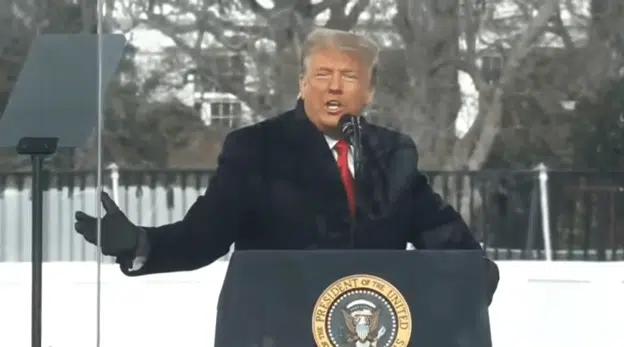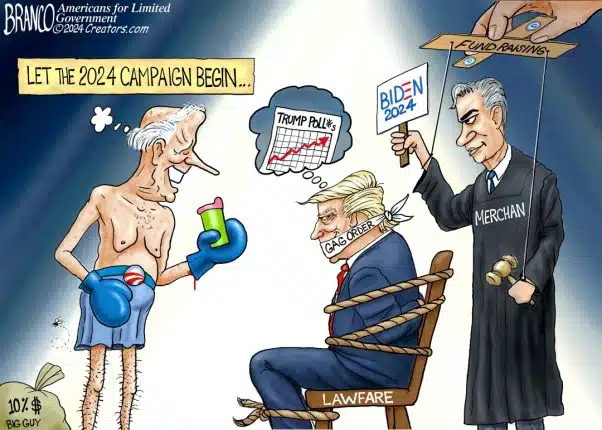“Slow rise in consumer prices may stymie the Fed.”
So reports the New York Times’ Binyamin Appelbaum on January 16, responding to a recent report from the Bureau of Labor Statistics showing another drop in consumer prices for the second month in a row.
Prices dropped 0.4 percent in December, led primarily by a 9.4 percent drop in gasoline and a 7.8 percent drop in fuel oil.
Prices, writes Appelbaum, “are rising at the slowest pace during a period of economic growth in the last half-century, a trend that could delay the Federal Reserve’s retreat from its stimulus campaign,” including any plan to hike the Federal Funds interest rate from its near-zero levels.
At issue is whether the oil price signals low demand, and thus deflation setting in. For the uninitiated, deflation, the opposite of inflation, is when prices are generally dropping.
In itself, lower prices are certainly beneficial to consumers, who obviously get to pay less for goods and services. This was seen in the U.S. housing market in recent years, with big drops in prices fueling new home purchases by first-time home buyers. Afterward, prices rebounded.
But the real problem with deflation is if prices keep on dropping. Assets become less attractive to purchase today, since they might be cheaper tomorrow. It forestalls purchases. This was the scourge of the Great Depression.
If it is left unchecked, debts become more expensive to pay off, because it affects wages. It results in layoffs. It renders businesses profitless. If there’s no profit, there can be no profit motive. How long can an economy function without incentives?
So, is it deflation?
Certainly, oil consumption in Organisation for Economic Co-operation and Development countries has been dropping since 2011.
But other clues can be found from other economic indicators. For example, interest rates have been dropping all throughout 2014, signaling weaker demand for credit. But that might just be explained by weak economic conditions overseas, and a flight to safety into dollar-denominated debt instruments like U.S. treasuries.
Others note that working age populations have been slowing throughout the developed and developing world, which too can impact demand negatively, resulting in lower prices.
Another clue that the issue being faced right now is demand comes from the European Central Bank, which is said to be firing up a fresh round of quantitative easing to combat what has been outright deflation across the pond. If demand is not weak, then why fire up the printing presses?
Whether or not the ECB’s gambit will work is another matter. Reportedly, the bank will be buying €60 billion of government debt a month. But so what?
Central banks cannot print demand. They cannot create new customers for businesses. They can purchase government debt, or in the U.S. also agency-backed debt like mortgage backed-securities, but even that is limited to how much debt is being issued.
Believe it or not, Federal Reserve purchases of government debt pale in comparison to the private sector’s capacity to borrow money. Of the $58 trillion of all debt public and private in the U .S., just $4.2 trillion is held by the Fed. So, if they bought another trillion, it would not do much, if anything, to fuel private demand to borrow or simply make purchases.
On that count, credit outstanding has grown just 3.6 percent in the past 12 months. Prior to 2009, it averaged 8.3 percent growth a year. That, despite the Fed intervening to expand its balance sheet by more than $3.5 trillion since the crisis began in 2007.
So, maybe demand is really weak after all.
But let us hope we are not on the brink of another deflationary environment like the 1930s. Because central banks’ ability to combat it may actually be deceptively weak.
Robert Romano is the senior editor of Americans for Limited Government.







